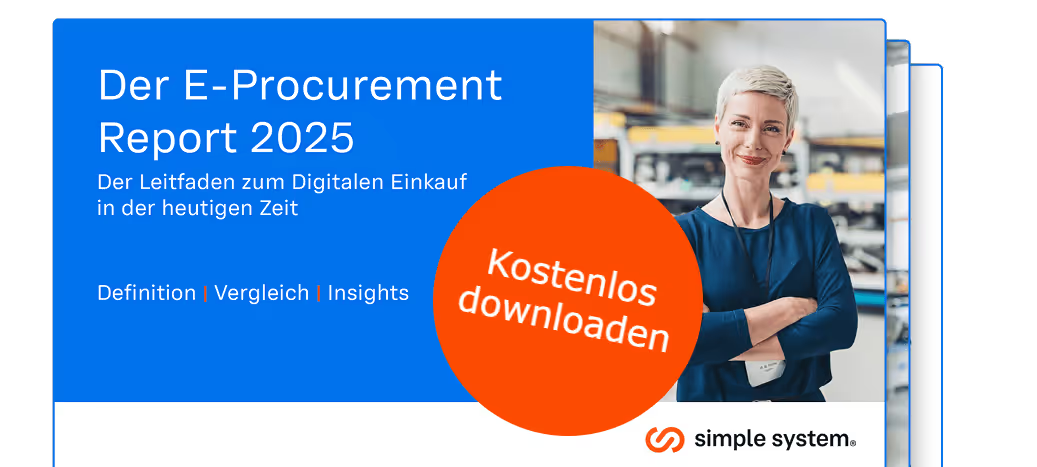Wherever machines need to be kept running, maintaining departments ensure seamless support. To ensure that he is always ready to act, these departments — such as locksmiths or toolmaking — need a stock of recurring maintenance items.
The range of necessary accessories ranges from O-rings to ball bearings, seals or pneumatic components. If the right part is missing, service cannot be carried out quickly enough — which, in the worst case, results in a production stop. Although even small companies now work with Kanban systems and automated procurement, these so-called C-parts are still procured very traditionally. It is usually the team or department manager who compares the requirements, notes the missing items and the required quantity by hand. The order is often sent to central procurement, which in turn uses catalogues and orders the required item there. It's no wonder that smaller dramas take place when the need for a part was not identified in time and the maintenance department has to report that the delivery time has to be awaited. In the current situation, this is even more controversial, as vendors are currently typically unable to deliver, prices are not transparent and change on a daily basis.
In addition, manual inventory ties up personnel: The ordering process costs valuable time that should actually be spent on maintenance work and thus cripples the ability of the respective department to act.
The problem
As a rule, companies still use pen and paper to take stock. The classic manual ordering is carried out via SAP. This means that companies only have access to C-parts, which are also listed in SAP. Anything beyond that must be ordered via catalogues — which, however, quickly become obsolete. An overview of the available C-parts and those approved by purchasing is missing — nor is it possible to compare prices with different vendors. The centralized approval process via purchasing also costs the purchasing department valuable time — and leaves them no room to provide advice to the technicians and specialists in the company and to provide real service.
The solution
In order to make procurement really effective, top companies today use e-procurement platforms, which really support procurement in the departments and are easy to implement. The multi-supplier platform from simple system supports the order request in the inventory management system via the so-called Open Catalogue Interface (OCI). The ordering process is carried out in just three steps: from request to approval to transmission of the order to the respective vendor. The process is completely automated — order triggering as well as the assignment of the order number, account assignment and the transmission of further information, such as shopping cart data, are all carried out within the system.
For maintenance departments, this means that they can simply print out barcodes for the respective C-parts directly from the simple system and stick them onto the corresponding shelves or boxes. These barcodes receive all necessary information that is also stored in the e-procurement platform, such as the vendor article number, the packaging unit or the desired order size. Once the barcodes have been installed on the shelves, they can be quickly read using a bar code scanner with storage function and the stored order quantities can be saved. The information now contained in the barcode scanner is then — very simply — read out via the ordering platform and immediately added to the shopping cart. Depending on the authorization, a pure SAP purchase request or a complete SAP order can be generated.
The benefits
Ordering via the ordering platform has three key advantages.
- The scanner already records all relevant data required for the order — there is no need for additional recording.
- The automatic recording of data prevents entry errors — which are only too common when typing.
- The automated process is significantly faster than manual inventory — the maintenance department can relax and focus on its actual tasks without distractions.

Einkaufen & sparen
Erfahren Sie, wie es geht, in unserem kostenlosen E-Procurement-Report. Jetzt kostenlos und unverbindlich herunterladen.
Jetzt lesen








